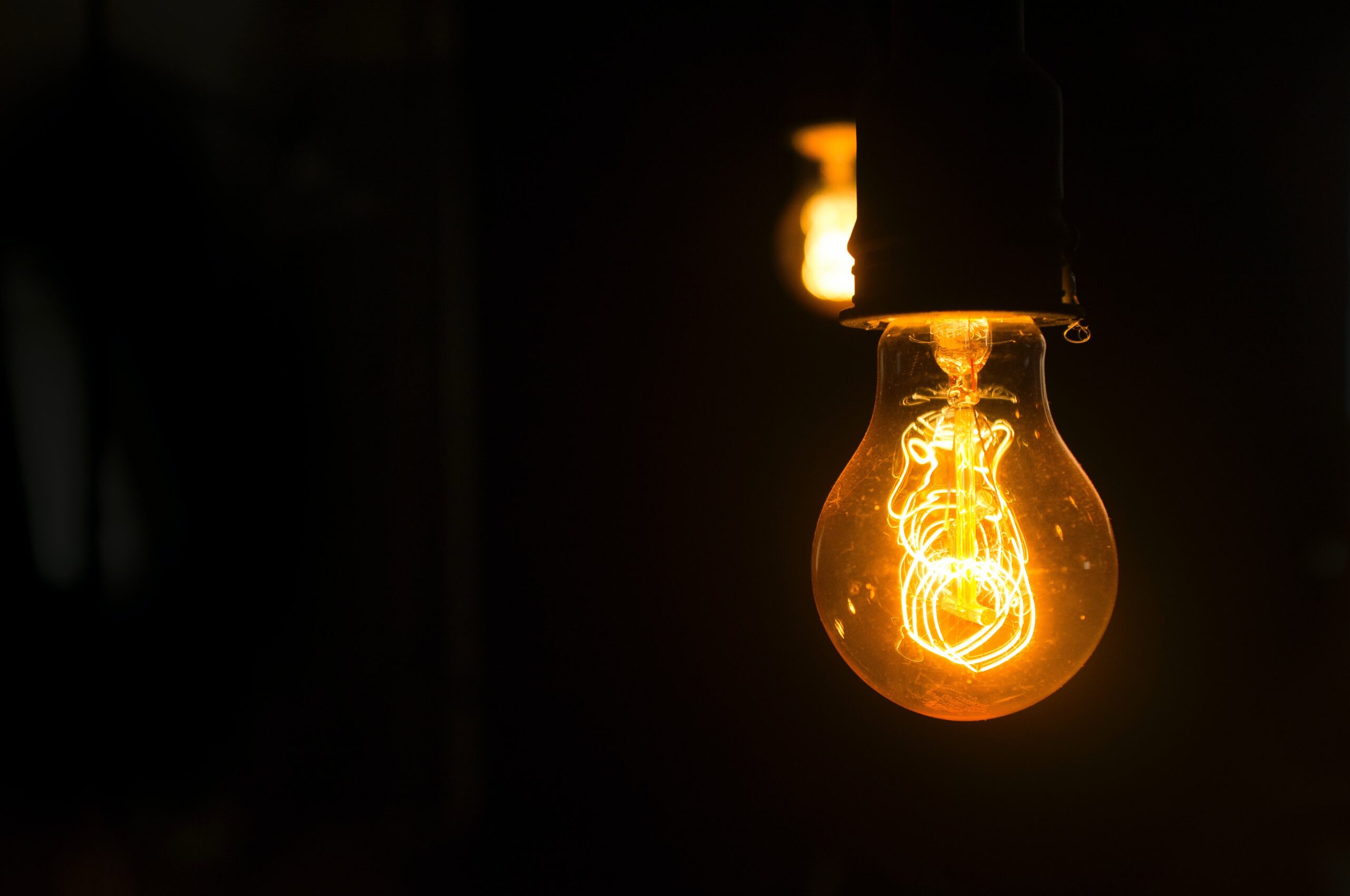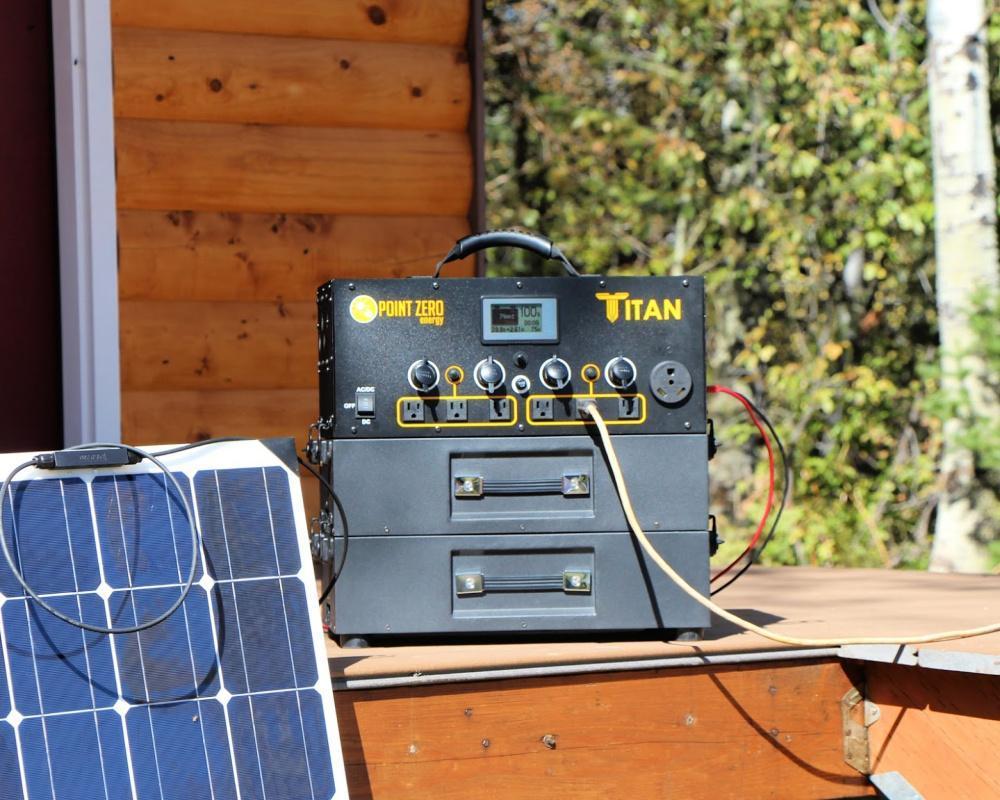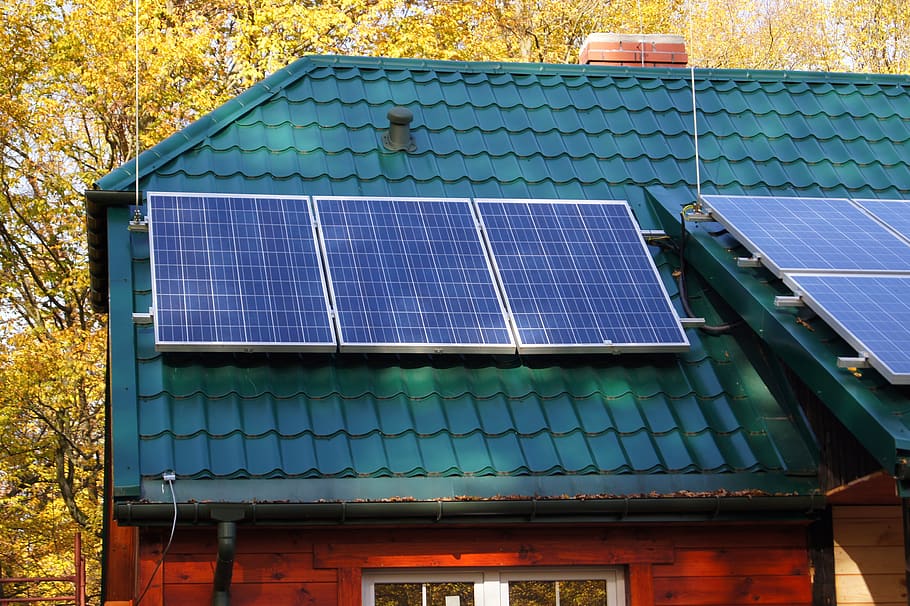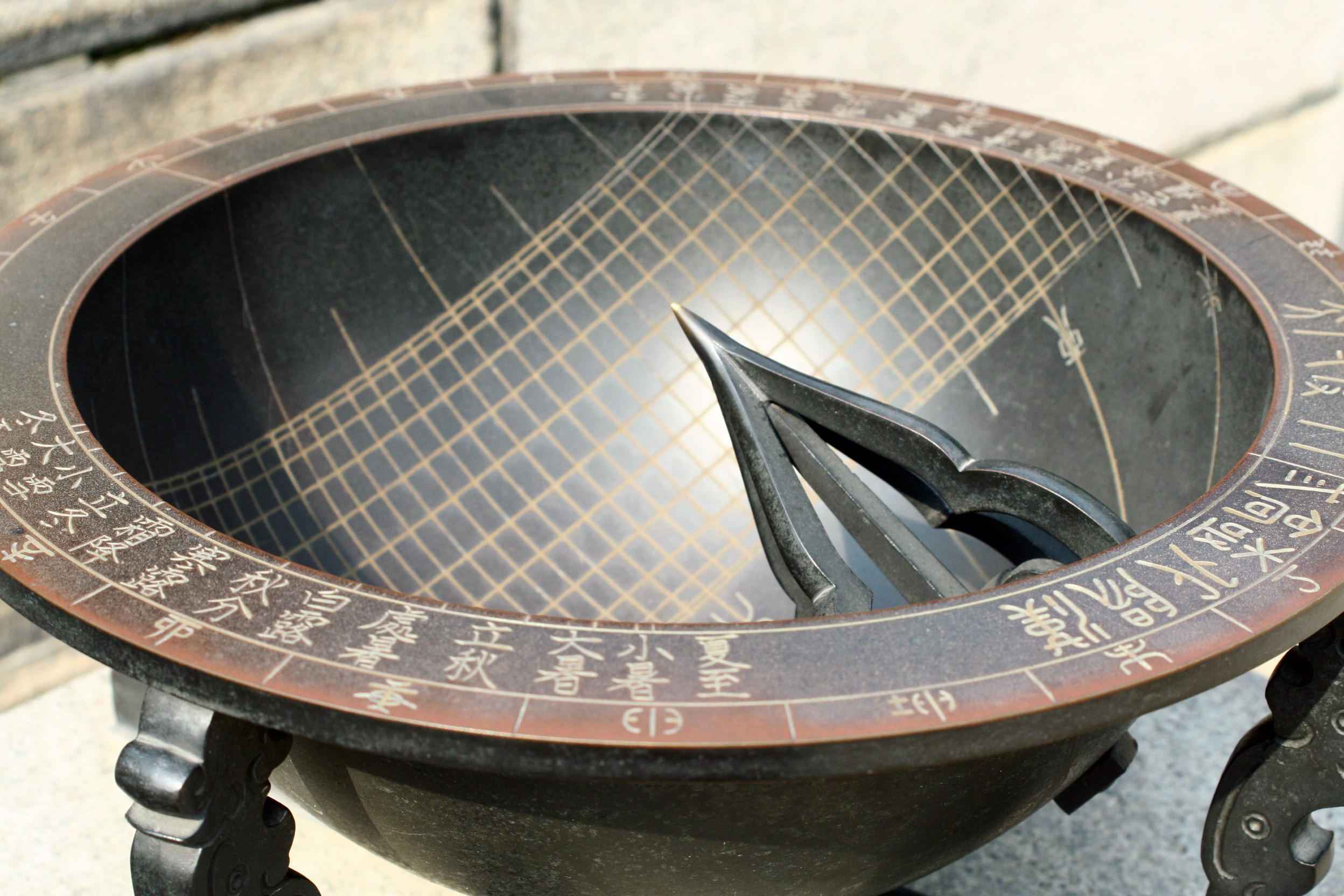The decision to go green with solar powered heat lamps is becoming more manageable, thanks to technologies that harness the suns power. And it can also help you spend less without exposing your hens and roosters to extreme cold.
Some may argue that chickens will keep warm with their feathers, a good coop, plenty of food for energy, and adequate ventilation. However, the ideal temperature for warm weather chickens in the enclosure is 40°F, and you may need an additional heat source to provide that.
But again, solar-powered heat lamps are a reasonably new technology, so you need to brush up on your knowledge about them before buying your own. Stick around, and you’ll discover what a solar powered heat lamp is, what it does, its efficiency, and its heating capabilities, among others.
Check Out This Solar Heat Lamp — Good Value
What is a solar powered heat lamp?
Solar powered heat lamps are lighting fixtures that you can use for illumination or heating a room. These gadgets are versatile and permit multiple use cases. For instance, a poultry farmer may invest in them solely to heat their chicken coops.
This method of warming livestock like chicks is preferable because it exposes you and your property to fewer risks. For instance, using a heating lamp with a bulb coated with polytetrafluoroethylene or PTFE elicits toxic fumes when it overheats, which may kill the chicks.
Additionally, solar powered heating lamps are better than heat lamps for warming poultry because let’s face it, the latter is a disaster waiting to happen. The chicken coop is often flammable, especially since it’s filled with feathers, straw, and wood shavings.
A regular and robust heat source is also required for reptiles because they constantly move and need warmth for maximum muscle development. So, this technology helps herpetologists provide the ideal temperature without racking up excessive electricity bills.
And let’s not forget the food industry – solar powered heat lamps are excellent for keeping food warm until it’s ready to be served. Indoor gardens and greenhouses also require a concentrated amount of heat, which solar technology has also been designed to provide.
It also has many use cases in the household, like getting rid of mildew and mold in the bathroom.
Essentially, anyone can use a solar-powered heat lamp; if you want warmth and or illumination, look no further.
How does a solar powered heat lamp work?
A solar powered heat lamp works like every other solar-powered device. The photovoltaic cells trap sunlight and convert it into electrical currents. The electrical energy is stored in a deep cycle battery, which powers the lamp when the sun goes down.
Moreover, solar powered heat lamps have been specially designed to increase the room’s temperature. The bulbs essentially draw currents from the deep cycle battery or inverter to function.
But again, the heat LED bulbs produce isn’t as intense as what incandescent bulbs emit. However, manufacturers often increase LEDs’ lux rating and wattage to cause them to provide more heat.

Are solar powered heat lamps expensive?
Although you may believe a solar powered heat lamp is expensive, it’s highly cost-effective in the long run.
Aside from using the sun’s energy, increased popularity, a more extensive market reach, access to cheaper and more efficient materials, and decreased soft costs are other reasons solar heated power lamps are considerably more affordable.
There’s no doubt about it – heat costs money, but this is every household’s opportunity to pay less to enjoy adequate warmth. Or, you can use a solar powered heat lamp for your chicken coop, and as long as it’s sunny, there’ll be ample energy to warm your hens and roosters.
Why use a solar powered heat lamp?
The alternative is a conventional heating lamp, which requires more energy to function. This consumes our non-renewable resources and leaves a nasty carbon footprint. On the other hand, a solar powered heat source relies on the sun’s rays, a completely environmentally friendly way to go.
This option is preferable to the conventional heat source because it requires low investment and is less costly in running and maintenance.
How long do solar powered heat lamps last on a full charge?
Averagely, a solar powered heat lamp requires four to eight hours of direct sunlight to achieve a full charge cycle. Then, you can use it for about six to twelve hours, depending on the battery capacity, solar panel efficiency, LED wattage, the intensity of the sun’s rays, and the number of hours of direct sunlight that hits the panels.
If you haven’t been warming your chickens throughout the night, it could be because the panels haven’t had direct access to sunlight. You can change that by removing whatever shade obstructs intense sunbeams from penetrating. Clean the panels now and then because dirt and grime can also block the sun’s rays.
How do solar powered heat lamps come on at night?
While capturing and converting adequate sun rays and electrical currents, respectively, the photoresistor’s resistance reduces to allow the solar panels to recharge the deep cycle battery.
However, embedded sensors detect when it turns dark, and the photoresistor’s resistance increases again, permitting the flow of current from the battery to the LEDs. So, the solar powered heat lamp automatically comes on and warms your backyard poultry.
How long do solar powered heat lamps last?
While solar powered heat lamps will certainly reduce your electricity bills, they cannot last forever. However, you’ll be able to use this energy source for three to four years, and your investment will have paid off many times over.
But again, some other factors determine how long you can use a solar powered heat lamp. For instance, the type of bulb you choose, where the panels are placed and how clean they are, and the prevailing climate where you reside also determine how long you’ll use this solar energy source.
Check Out This Solar Heat Lamp — Good Value
Conclusion
A solar powered heat lamp is a cheaper and more eco-friendly solution to modern heating problems. And if you have backyard poultry, investing in this solar source will make your coop safer and healthier and save you from stress.




